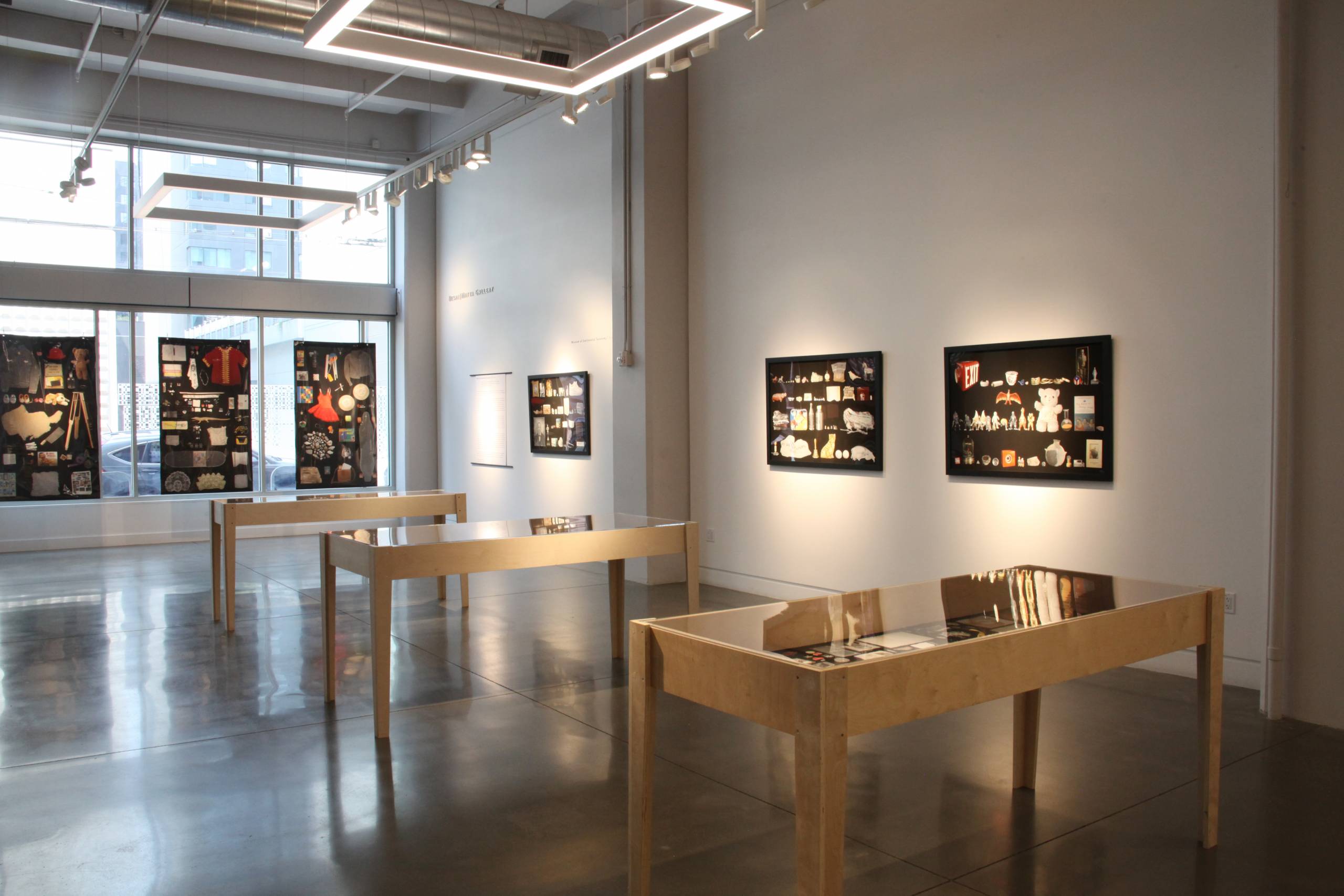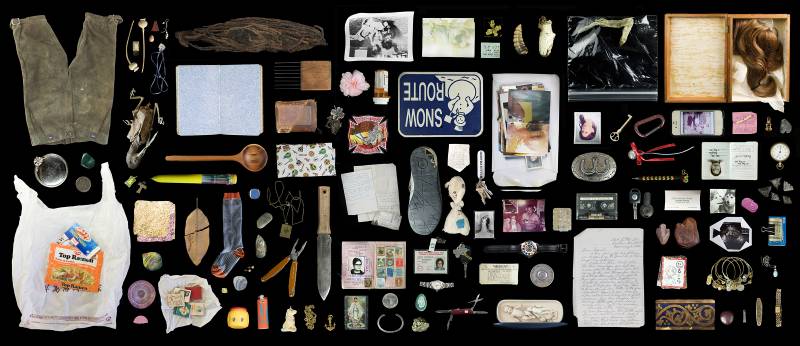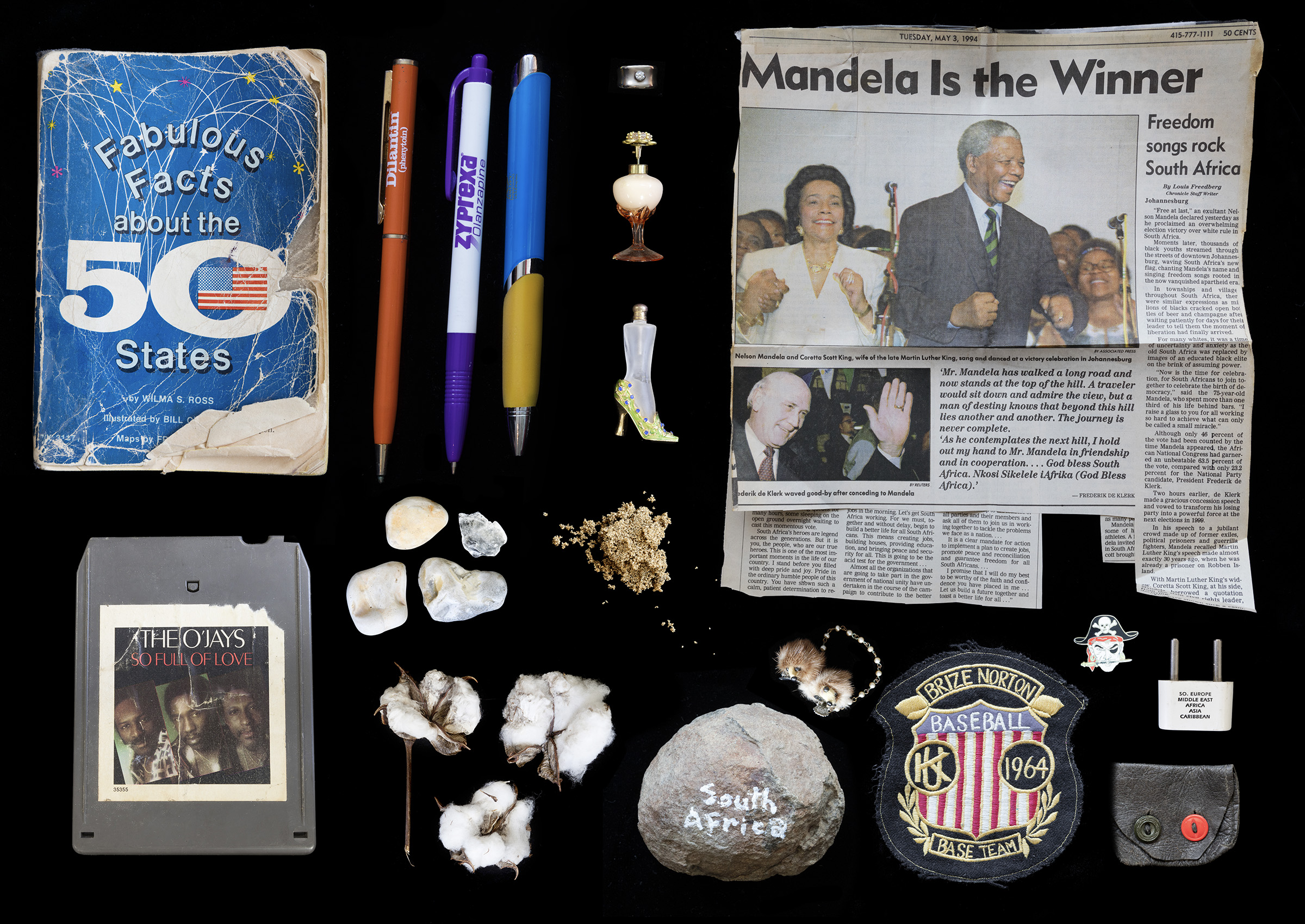The impetus behind Kija Lucas’ ongoing project, Museum of Sentimental Taxonomy was a desire to understand our stubborn attachments to our material surroundings. “I started wondering about why we hold on to the things we hold on to,” the artist says.
Lucas has staged the itinerant and stridently egalitarian project in Pittsburgh, Tulsa, upstate New York and now in her native Bay Area, at the California Institute of Integral Studies, and welcomes any and all who want to join in. Through self-selected “sentimental” objects, participants explore the knots of emotion, memory, and materiality that shape our lives, ever expanding Lucas’ own understanding of how—and what kind of—stuff can be meaningful.
“Museum”—or a related term, “archive”—may call up ideas of formal, institutional collections of objects that curators organize so as to convey knowledge. Both terms are also rightly linked to cultural appropriation, disastrous historic settler-colonial projects, and the sale or outright theft of objects and artifacts. Lucas is wary of these associations. Her use of “museum” evokes respect for the objects that are temporarily in her care (regardless of their monetary value), and for their owners.

The process begins as Lucas asks participants to complete a basic questionnaire, requesting name, age, city where they live, and a few words about the object(s). Lucas then photographs the participants’ offerings, capturing their physical qualities as best she can. Well after a session ends, she arranges the individual images in Photoshop to produce a single composite photograph and shares with participants the image link on her website.
In the early stages, Lucas created composite images using objects that she photographed in the same location, i.e. Pittsburgh or Tulsa. Over time, she abandoned that method and grouped images based on an intuitive aesthetic impulse. What we see, then, is a collection of unrelated items representing stories of which we know neither the beginning nor the end.




